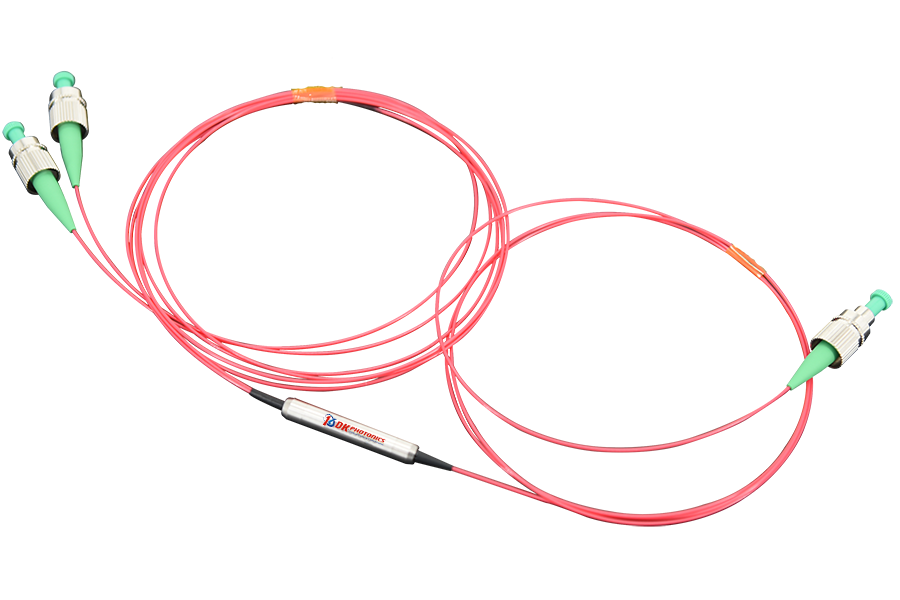In the world of optics and photonics, the use of advanced devices is essential for various applications, from telecommunications to medical imaging. One such device that plays a crucial role in optical systems is the Polarization Beam Combiner/Splitter (PBCS). In this blog, we will explore what a Polarization Beam Combiner/Splitter is, how it works, and its significance in different fields of science and technology.
Understanding Polarization Beam Combiner/Splitter (PBCS)
A Polarization Beam Combiner/Splitter, often abbreviated as PBCS, is an optical device that does precisely what its name suggests – it combines and splits polarized light beams. Polarization refers to the orientation of the electric field vector of light waves. When two polarized light beams with orthogonal polarization states are incident on a PBCS, it can perform two primary functions:
- Beam Splitting: In this mode, the PBCS splits the incoming light beams into two output beams, each containing one of the orthogonal polarizations. This functionality is extremely useful in applications like polarization-sensitive detectors and sensors.
- Beam Combining: In the combining mode, the PBCS takes two light beams with orthogonal polarization states as input and combines them into a single output beam. This is particularly important in systems where space, weight, and component count need to be minimized.
How does a PBCS Work?
The operation of a Polarization Beam Combiner/Splitter is based on the principle of birefringence. Birefringence occurs when a material exhibits different refractive indices for light polarized in two orthogonal directions. PBCS devices typically consist of crystal materials, waveguides, or other engineered structures that induce birefringence.
When unpolarized or randomly polarized light enters a PBCS, it is first separated into its constituent polarization components. These components then follow distinct paths within the device, emerging as two separate beams in the splitting mode or recombining into a single beam in the combining mode. The key to the functionality of a PBCS lies in the careful design and selection of materials to achieve the desired polarization manipulation.
Applications of PBCS
Polarization Beam Combiner/Splitters find applications in various fields, and here are a few notable examples:
- Telecommunications: PBCS devices are crucial components in optical communication systems. They enable the multiplexing and demultiplexing of optical signals by manipulating their polarization states. This is important for increasing the data-carrying capacity of optical fibers.
- Biomedical Imaging: In biomedical imaging techniques such as polarization-sensitive optical coherence tomography (PS-OCT), PBCS devices help enhance image contrast by separating or combining polarized light, allowing for better tissue characterization.
- Spectroscopy: PBCS is used in polarimetry and spectroscopy to analyze the polarized components of light, aiding in the identification and study of various materials and compounds.
- Quantum Optics: In the rapidly evolving field of quantum optics, PBCS devices are employed to manipulate the polarization states of entangled photons, which play a crucial role in quantum information and quantum key distribution.
Conclusion
The Polarization Beam Combiner/Splitter, or PBCS, is a versatile optical device that plays a fundamental role in numerous applications across different industries. Its ability to manipulate and control the polarization state of light is key to advancing technologies in telecommunications, biomedical imaging, spectroscopy, and quantum optics. As technology continues to evolve, PBCS devices will remain an essential component in the ever-expanding world of optics and photonics.


Leave A Comment